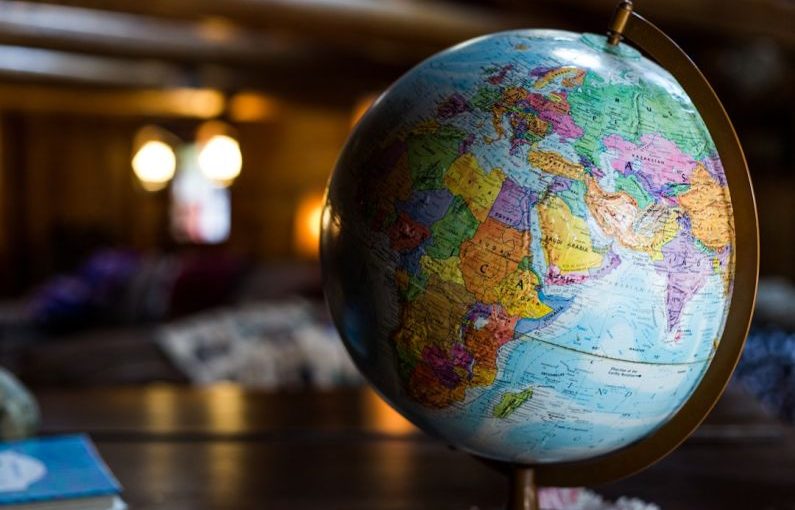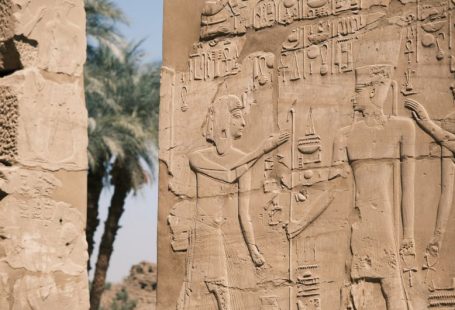**Journey through the Silk Road: a Cultural Tapestry**
The Silk Road, a historic network of trade routes that connected East and West, is not merely a physical pathway but a cultural tapestry woven with the threads of diverse civilizations. This ancient route, spanning over 7,000 kilometers, facilitated the exchange of goods, ideas, and beliefs, shaping the cultural landscape of the regions it traversed. Embark on a journey through the Silk Road and explore the rich tapestry of cultures that flourished along its path.
**The Origins of the Silk Road**
The Silk Road emerged during the Han Dynasty in China, around the 2nd century BCE, as a means to transport silk, spices, and other luxury goods to the West. However, it soon evolved into a conduit for the exchange of not just material goods but also knowledge, art, and religion. The Silk Road connected the Chinese, Indian, Persian, and Roman civilizations, fostering a vibrant cultural exchange that left a lasting impact on the societies along its route.
**Crossroads of Civilizations**
As travelers journeyed along the Silk Road, they encountered a mosaic of cultures, languages, and traditions that blended together to create a unique cultural tapestry. From the bustling markets of Xi’an to the ancient city of Palmyra, the Silk Road was a melting pot of ideas and influences. Buddhist monks, Muslim traders, Roman soldiers, and Chinese merchants all converged on the Silk Road, bringing with them their customs, beliefs, and practices.
**Artistic Exchange and Innovation**
One of the most enduring legacies of the Silk Road is its role in the exchange of artistic styles and techniques. Caravans carried not only goods but also artisans, who shared their skills and knowledge with local craftsmen along the route. The result was a fusion of artistic traditions, leading to the creation of unique art forms such as Greco-Buddhist sculpture and Chinese silk embroidery. The Silk Road became a catalyst for artistic innovation, inspiring new forms of expression that continue to influence art to this day.
**Religious Diversity and Syncretism**
The Silk Road was a highway of faith, where religious ideas and practices intermingled and evolved. Buddhism, Zoroastrianism, Nestorian Christianity, and Islam all found a foothold along the Silk Road, coexisting and influencing each other in a spirit of tolerance and mutual respect. The religious diversity of the Silk Road led to the development of syncretic belief systems, such as the blending of Buddhist and Daoist elements in Chinese folk religion. This harmonious coexistence of diverse faiths is a testament to the cultural richness of the Silk Road.
**Legacy of the Silk Road**
Although the physical Silk Road may have faded into history, its legacy endures in the cultural heritage of the regions it once connected. The art, architecture, literature, and cuisine of countries along the Silk Road bear the imprint of centuries of cross-cultural exchange. Today, UNESCO recognizes the Silk Road as a World Heritage Site, highlighting its significance as a symbol of cultural diversity and global interconnectedness.
**In Retrospect: A Tapestry of Humanity**
The Silk Road stands as a testament to the power of human connection and the resilience of cultural exchange. It reminds us that despite our differences, we are all part of a shared tapestry of humanity, woven together by the threads of history, trade, and innovation. As we journey through the remnants of the Silk Road, we are reminded of the enduring legacy of cultural exchange and the beauty that emerges when diverse cultures come together in a spirit of collaboration and mutual respect.





